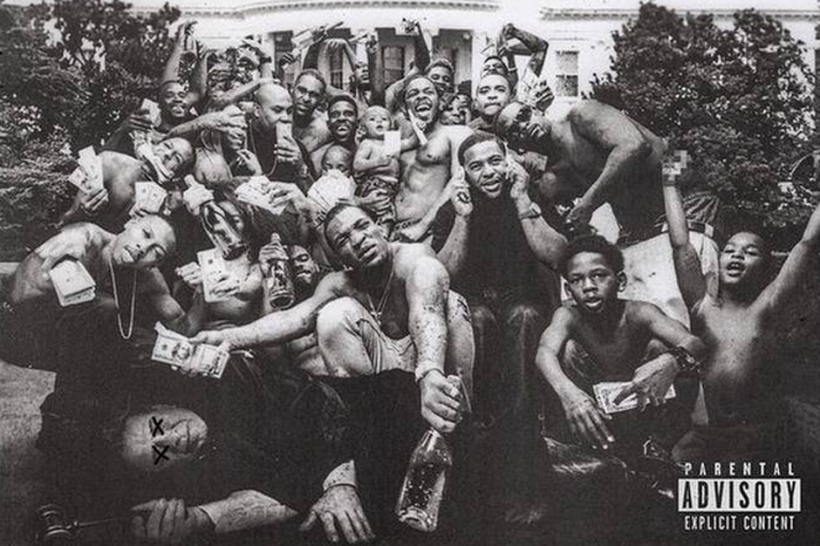Album Review: To Pimp a Butterfly – Kendrick Lamar
Apr 13, 2015
I happened to be born into this world a white woman. I have not been denied access to opportunities due to my race. I do not face oppression on a daily basis, and I won’t pretend that I do.
Kendrick Lamar happened to be born into this world a black man. On his second album, To Pimp a Butterfly, he gives listeners a look into life as a black American and the ways in which these experiences have shaped who he is.
The references and intricacies of Butterfly are vast and not easily noticed upon first listen. The title itself is likely an allusion to the popular novel To Kill a Mockingbird by Harper Lee, which deals with similar themes. The opening track of the album, “Wesley’s Theory,” was written in reference to Wesley Snipes, a black actor who was accused of tax fraud. These are just two of many historical and pop culture references Kendrick utilizes.
On top of lyrical depth, Kendrick incorporates a variety of musical styles into his sound: hip-hop, funk, electronic, jazz, and more. This synthesis not only allows for a new and interesting sound, but is yet another way Kendrick recognizes African-American contributions to music.
Laced with social commentary and purposefully-placed nuances, Butterfly is a work of art. The first two released singles, “i” and “The Blacker The Berry,” stress the two underlying themes of the album: self-love and institutional racism, respectively.
While these themes are depicted distinctively, it is also clear that they are related and intertwined. “Mortal Man,” the final track, ends with a poem that makes the message of the album clear: in order to break the cycle of systemic racism, each individual must find peace and self-respect within themselves.
I was born a white woman, and I can’t relate to the racial commentary made on Kendrick’s Butterfly. But I can listen, and I can try to understand.

